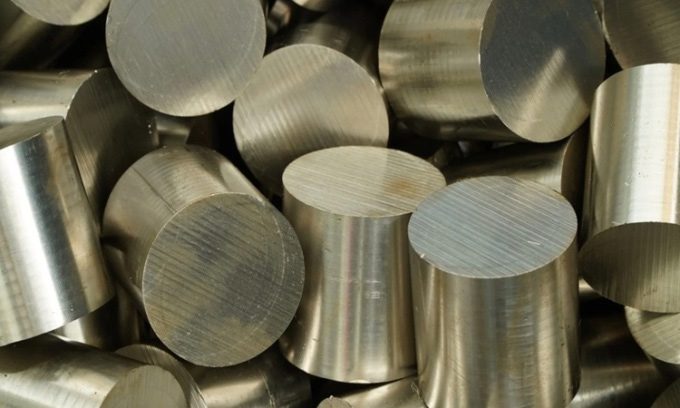Scientists have achieved a new milestone by applying 3D printing technology to titanium alloys, effectively doubling the material’s strength and expanding its potential applications in aerospace.
The Chinese Academy of Sciences (CAS) detailed this achievement in a study published in the journal Nature on February 28. This research is the result of collaboration between scientists Zhang Zhenjun and Zhang Zhefeng from the Shenyang Materials Science Laboratory of CAS’s Institute of Metal Research, and Robert Ritchie from the University of California, Berkeley. According to the article, the research idea originated in China, and the material samples were also created there. Ritchie participated in assessing the process.

New titanium alloy with record high fatigue strength. (Photo: iStock).
While 3D printing revolutionizes manufacturing, the process has been relatively limited in producing components that require high fatigue resistance. Fatigue strength is the ability of a machine part to withstand fatigue failures, such as gear flaking and surface cracking.
3D printing metals uses lasers to melt metal powder and layer it into complex shapes in a short time, making it an ideal method for rapidly producing large, intricate components. However, the high heat generated by the powerful laser beam commonly used in the printing process can lead to the formation of internal gas pores within the component, affecting the alloy’s performance. These small pores can become pressure concentration points, leading to early cracking and reducing the material’s fatigue life.
To address this issue, the research team decided to produce a pore-free titanium alloy. They developed a process using Ti-6Al-4V, a titanium-aluminum-vanadium alloy, achieving the highest fatigue resistance among known titanium alloys to date. According to Zhang Zhenjun, the process begins with hot isostatic pressing to eliminate gas pores, followed by rapid cooling before any changes in the internal structure of the alloy can occur. This process yields a pore-free alloy with a tensile fatigue strength increase of 106%, from a typical level of 475 MPa to 978 MPa, setting a world record.
Zhang Zhenjun noted that this achievement promises many applications in industries requiring lightweight materials, such as aerospace and new energy vehicles. So far, the new material has only been produced at a sample scale, resembling a dumbbell with a thinnest part of 3 mm, which is too small for practical applications. Although the technology is still in the experimental stage, it holds great potential for producing complex equipment.
According to CAS, many aerospace components, including nozzles on NASA rockets, the frame of the J-20 fighter jet, and fuel nozzles on China’s C919 aircraft, have all been produced using 3D printing technology. With the potential for future scalability, the new technology is expected to be applied more widely.


















































